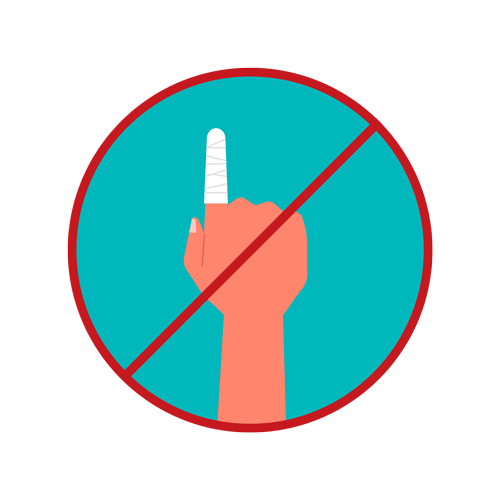Strategies and Resources for Needlestick Injury Prevention
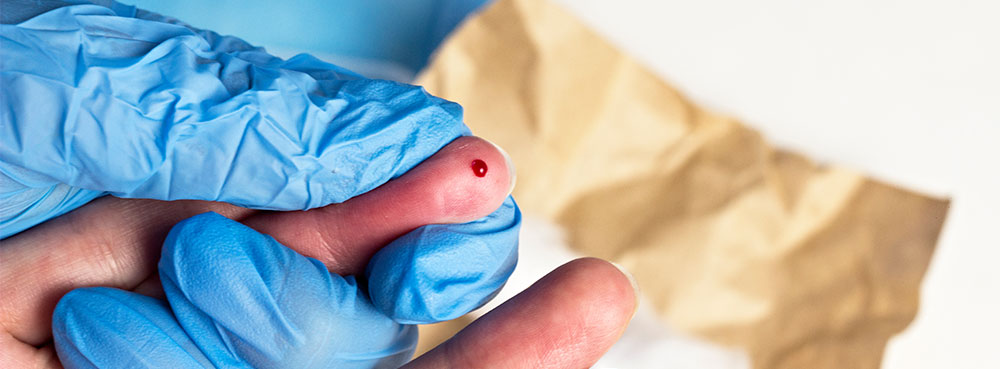
How many people do you know who have suffered a needlestick injury? If you work in a healthcare facility, chances are you can count them on more than one hand. This highlights the importance of practical strategies and resources for preventing needlestick injuries.
In this blog, we’ve compiled a selection of strategies and resources to help you make healthcare safer, going beyond compliance to create a culture of prevention that empowers staff, supports leadership, and prioritises safety at every opportunity.
TOPICS WE WILL COVER:
1 / Understanding the Leading Causes of Needlestick Injuries
2 / The Sad Truth About Needlestick Injuries
3 / The RCN’s Sharps Safety Guidance
4 / Strategies for Needlestick Injury Prevention
5 / Resources for Needlestick Injury Prevention
6 / Sharpsmart: Your Partner for Needlestick Injury Prevention
7 / Legal Responsibilities for Healthcare Facilities
8 / Let’s Prevent Needlestick Injuries, Together
Understanding the Leading Causes of Needlestick Injuries
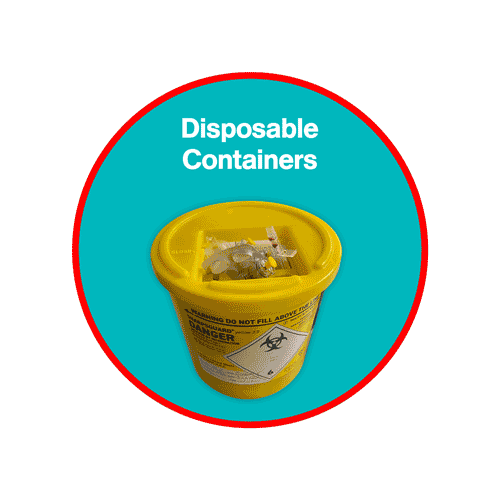
Needlestick injury prevention begins with understanding why they happen in the first place. As it turns out, there are several common causes shared by healthcare facilities of all sizes. The leading causes include:
- Lack of awareness around sharps safety and injury risks.
- Improper disposal of clinical waste and overfilled sharps bins.
- Inconsistent use of safety-engineered devices (SEDs).
- Limited training on sharps handling, disposal and infection control precautions.
- Gaps in understanding of the Health and Safety (Sharp Instruments in Healthcare) Regulations 2013.
These issues are not isolated – they’re systemic, and as a result, they require a coordinated industry-wide response.
The Sad Truth About Needlestick Injuries
At Sharpsmart, we’ve always been committed to our mission of making healthcare safer – NSI prevention has been at the forefront of our vision from day one.
The Royal College of Nursing’s (RCN) Blood and Body Fluid Exposures study identified a disturbing rise in blood and bodily fluid exposure (BBFE) incidents, including sharps injuries amongst RCN members in the UK in 2020.
- 15% of respondents had suffered a sharps injury in 2020, a significant increase from 2008, when the study was previously conducted.
- 3% of those surveyed had received multiple sharps injuries during that year.
- 21% of sharps injuries occurred during disposal.
- 25% pointed to a lack of safety equipment being readily available.
- 38% reported they hadn’t received training on all the safety-engineered devices (SEDs) they use.
This is not just a clinical issue, it’s a cultural one. For too long, sharps injuries have been seen as ‘part of the job.’ It’s time to change that narrative. These statistics highlight the need for an overarching strategy that encompasses needlestick injury prevention in its entirety.
- Procuring safer sharps.
- Procuring safer sharps waste containment solutions.
- Industry-wide reporting of needlestick injuries.
- Optimised container placement.
- Staff education and training.
- Addressing indirect factors such as fatigue, poorly lit environments, staff shortages, etc., that increase injury risk.
We understand that needlestick injuries cannot be eliminated single-handedly, or with any one product offering, but the adoption of safer needle devices, sharps containers and commitment to safety processes and clinical training can save lives!
The RCN’s Sharps Safety Guidance
In 2023, the Royal College of Nursing (RCN) released the RCN Guidance for the Prevention and Management of Sharps Injuries – a key area explored within the sharps safety guidance is a framework referred to as the hierarchy of controls.
The five-level hierarchy of controls can prove to be a helpful tool for identifying and implementing the most effective ways to control workplace hazards. This five-tiered approach to sharps injury prevention includes:
- Elimination or substitution – Eliminate unnecessary injections and use safer alternatives to sharps-related equipment.
- Engineering controls – Use SEDs and clinically designed sharps containers that reduce risk at the point of disposal.
- Administrative controls – Implement clear safety policies, training programmes and accessible incident reporting systems.
- Work practice controls – Reinforce safer staff behaviours and introduce standard precautions.
- PPE – Ensure appropriate PPE is available for all healthcare workers and used correctly.
This framework isn’t a theoretical one. It’s practical, it’s proven, and it’s essential.
Strategies for Needlestick Injury Prevention
The healthcare facilities that we’ve seen successfully reduce NSIs share several best practices:
- Provide education and training on sharps safety and SED use at induction and after any exposure.
- Create a ‘no blame, no shame’ culture to encourage staff to actively report sharps injuries.
- Transparent reporting of all incidents, with trend analysis and staff involvement.
- Publish facility-wide injury statistics shared regularly to raise awareness.
- Set sharps injury reduction goals, such as a 10% reduction each year.
- Promote mindfulness during sharps procedures and reminding staff to slow down.
- Conduct an annual review of Exposure Control Plans and evaluation of SEDs and containment systems.
- Targeted use of SEDs, aiming for 98%+ usage in hollow-bore needle procedures.
- Place increased focus on processes, clinical waste container positioning and the training of healthcare staff.
- Audit SED activation, and set targets such as ‘100% of SED to be activated after use’.
- Hands-free passing techniques wherever possible to reduce intraoperative risk.
- Change the acceptable norm, reiterating to all healthcare staff that ‘sharps injuries DO NOT come with the job’.
Resources for Needlestick Injury Prevention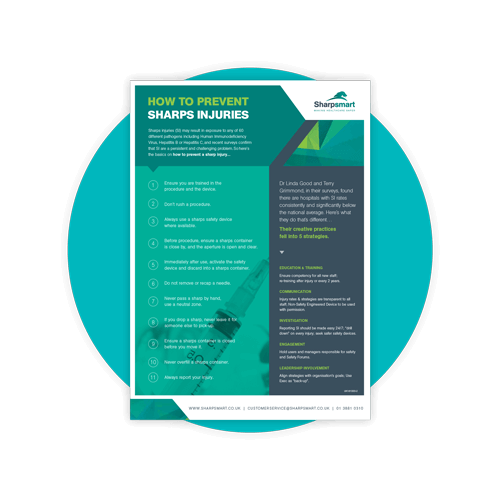
To support daily awareness, we’ve developed a free sharps injury prevention poster featuring 11 essential tips:
1. Ensure you’re trained in the procedure and the device.
2. Don’t rush a procedure.
3. Always use a sharps safety device where available.
4. Before procedure, ensure a sharps container is close by, and the aperture is open and clear.
5. Immediately after use, activate the safety device and discard into a sharps container.
6. Do not remove or recap a needle.
7. Never pass a sharp by hand, use a neutral zone.
8. If you drop a sharp, never leave it for someone else to pick-up.
9. Ensure a sharps container is closed before you move it.
10. Never overfill a sharps container. Never.
11. Always report your injury.
The ‘How to Prevent Sharps Injuries’ poster is available as a free download
Sharpsmart: Your Partner for Needlestick Injury Prevention
At Sharpsmart, we don’t just supply containers – we actively partner with healthcare providers to make healthcare safer. We set the ISO standard with our safety-engineered reusable sharps containers – proven to reduce needlestick injuries by up to 87%.
Our clinically engineered sharps containment solutions reduce NSIs via:
- Hand-restricted safety tray with zero container assembly required.
- Inbuilt overfill mechanism to close the tray once the safe fill level is reached.
- Temporary and permanent safety locks ensure a secure closure.
- Hands-free disposal and arriving pre-assembled as a single unit.
- Puncture-resistant design manufactured using ABS plastic.
Learn more about the world’s safest sharps containers.
Legal Responsibilities for Healthcare Facilities
Sharps injury prevention isn’t just best practice – it’s a legal obligation. Healthcare employers in the UK are legally required to implement proactive measures to prevent NSIs. The following legislation outlines these responsibilities:
- Health and Safety at Work etc. Act 1974: Requires employers to ensure, as far as reasonably practicable, the health, safety, and welfare of employees.
- Health and Safety (Sharp Instruments in Healthcare) Regulations 2013: Requires risk assessments, safer sharps use, staff training, and incident reporting in healthcare settings.
- Reporting of Injuries, Diseases and Dangerous Occurrences Regulations (RIDDOR) 2013: Mandates the reporting of sharps injuries that result in exposure to bloodborne viruses.
- Control of Substances Hazardous to Health (COSHH) Regulations 2002: Requires employers to assess and control risks from exposure to biological hazards, including bloodborne pathogens.
- Management of Health and Safety at Work Regulations 1999: Requires employers to assess risks from work activities and implement preventive and protective measures.
- Provision and Use of Work Equipment Regulations 1998: Ensures that equipment provided, such as sharps containers, is suitable, safe, and properly maintained.
- Health and Safety (First Aid) Regulations 1981: Requires appropriate first aid provision, including support for sharps injuries and out-of-hours care.
- Safety Representatives and Safety Committees Regulations 1977: Requires consultation with safety representatives on health and safety matters, including sharps safety equipment.
Let’s Prevent Needlestick Injuries, Together
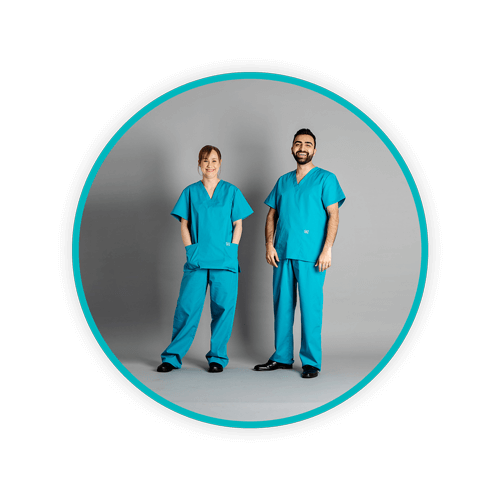
Needlestick injuries are preventable. But prevention requires commitment, collaboration and the right tools. At Sharpsmart, we’re proud to support healthcare providers across the UK in building safer, smarter systems that protect every member of the healthcare team.
Whether you’re looking for guidance and advice or a reliable sharps waste disposal service that prioritises safety, we’re here to help.
If you’d like to discover how we can help improve your sharps waste management, please don’t hesitate to get in touch.
Let's Talk!
Your time is valuable, and we don’t want to play hard to get. You can either phone us directly on the details listed on our contact page, or feel free to fill out this short form and one of our team members will get back to you as quickly as possible.

